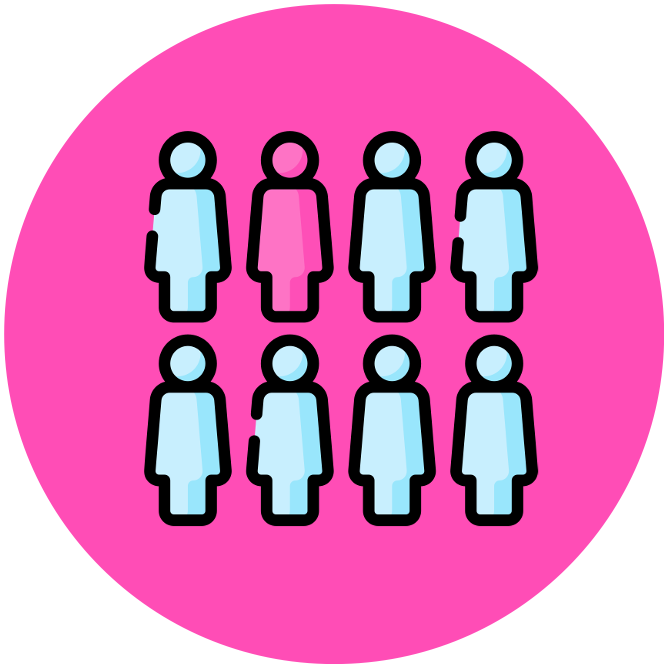

Natural Selection
SL Content Statements
-
D4.1.1
Natural selection as the mechanism driving evolutionary change
-
Students should appreciate that natural selection operates continuously and over billions of years, resulting in the biodiversity of life on Earth.
NOS: In Darwin’s time it was widely understood that species evolved, but the mechanism was not clear. Darwin’s theory provided a convincing mechanism and replaced Lamarckism. This is an example of a paradigm shift. Students should understand the meaning of the term “paradigm shift”.
-
D4.1.2
Roles of mutation and sexual reproduction in generating the variation on which natural selection acts
-
Mutation generates new alleles and sexual reproduction generates new combinations of alleles.
-
D4.1.3
Overproduction of offspring and competition for resources as factors that promote natural selection
-
Include examples of food and other resources that may limit carrying capacity.
-
D4.1.4
Abiotic factors as selection pressures
-
Include examples of density-independent factors such as high or low temperatures that may affect survival of individuals in a population.
-
D4.1.5
Differences between individuals in adaptation, survival and reproduction as the basis for natural selection
-
Students are required to study natural selection due to intraspecific competition, including the concept of fitness when discussing the survival value and reproductive potential of a genotype.
-
D4.1.6
Requirement that traits are heritable for evolutionary change to occur
-
Students should understand that characteristics acquired during an individual’s life due to environmental factors are not encoded in the base sequence of genes and so are not heritable.
-
D4.1.7
Sexual selection as a selection pressure in animal species
-
Differences in physical and behavioural traits, which can be used as signs of overall fitness, can affect success in attracting a mate and so drive the evolution of an animal population. Illustrate this using suitable examples such as the evolution of the plumage of birds of paradise.
-
D4.1.8
Modelling of sexual and natural selection based on experimental control of selection pressures
-
AOS: Students should interpret data from John Endler’s experiments with guppies.



